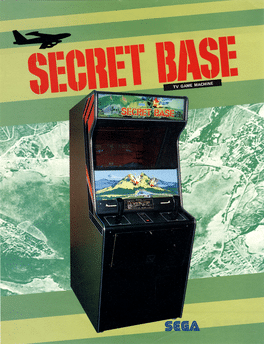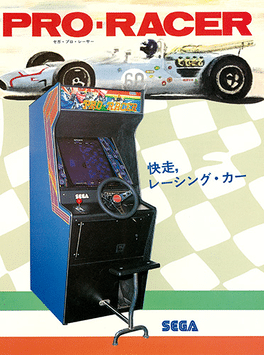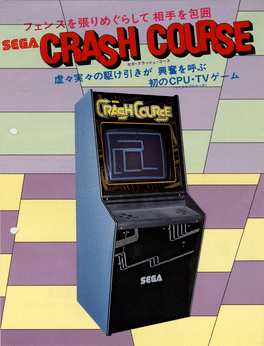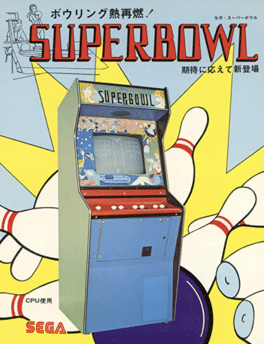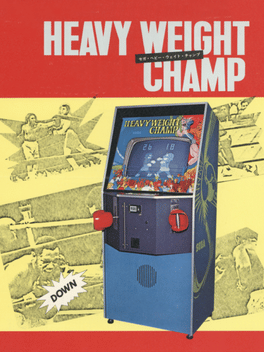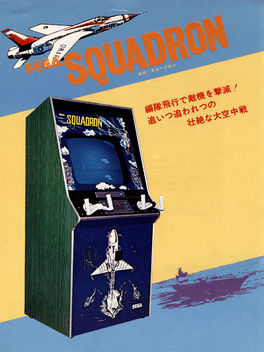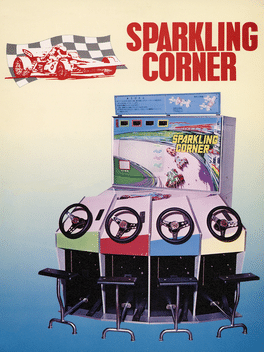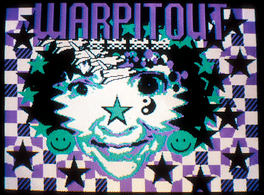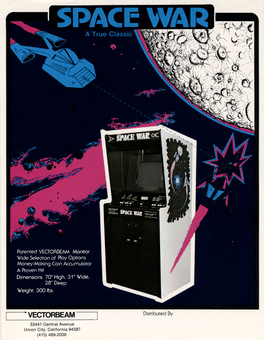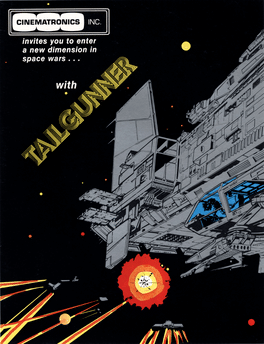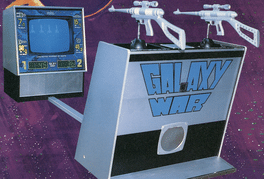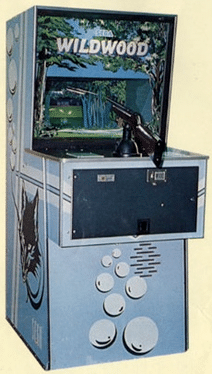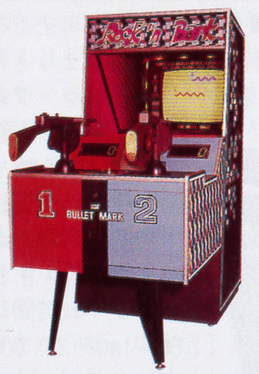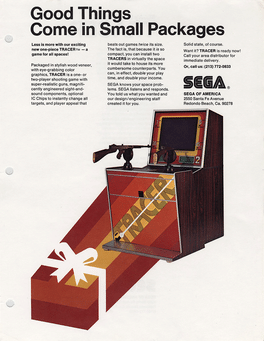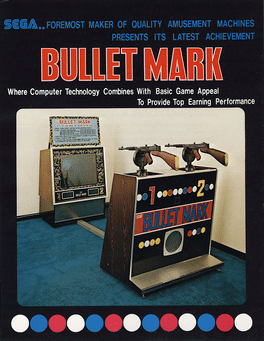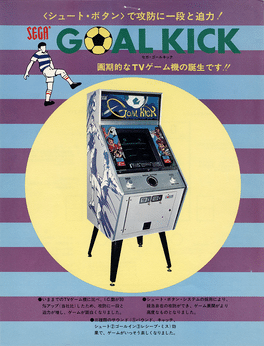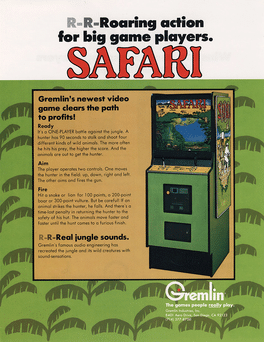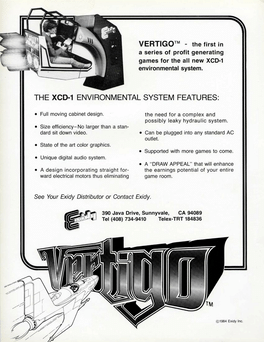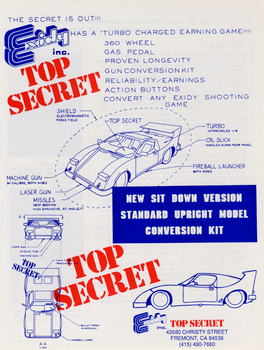Most Popular Arcade Games - Page 50
-
Secret Base
1978
-
Pro Racer
1978
-
Crash Course
1977
-
Superbowl
1977
Superbowl
1977
Superbowl is an arcade game released by Sega in 1977. It is a reworked version of Robot Bowl, a 1977 arcade game by Exidy (licensed to Sega) which, despite its name, has nothing to do with American football but instead bowling. Super Bowl was released exclusively to a Japanese audience - other markets saw Exidy's original game. -
Heavyweight Champ
1976
Heavyweight Champ
1976
A rudimentary boxing arcade game released by Sega in 1976. The controls consist of a boxing glove used to simulate punches. The game would see a remake a decade later in 1987. -
Squadron
1976
-
Sparkling Corner
1976
Sparkling Corner
1976
A four-player racing game by Sega. The four cars race along the screen in a side view, with collisions between them causing them to slow down. The winner is the car which has travelled the furthest during the allotted time. -
Warpitout
1982
-
Donkey Kong
The Coleco Adam port of Donkey Kong was developed by Coleco and released in 1984. -
Space War
1978
Space War
1978
Space War is the first game released by Vectorbeam after its founders left Cinematronics. It is essentially a very close version of Cinematronic's Space Wars, which had in turn been brought to Cinematronics by Vectorbeam founder Larry Rosenthal as a prototype inspired by the 1962 PDP-1 game Spacewar. -
Tail Gunner
1979
Tail Gunner
1979
Tail Gunner is vector arcade game created by Vectorbeam in 1979. As enemy space craft attack the player, they must aim a set of cross-hairs and shoot the enemies before they move past the player's laser cannons or use shield to bounce them back into play. -
Galaxy War
1978
Galaxy War
1978
Galaxy War is a discrete logic arcade game released by Sega in 1978. It is a shooting game which is very similar to Bullet Mark—four types of targets, such as spacecraft and disks, are aimed at by one or two players. There is a bullet indicator and you can fire the trigger while squeezing the trigger. -
Wildwood
1978
-
Rock'n Bark
1976
Rock'n Bark
1976
Rock'n Bark, sometimes erroneously labeled as "Rock'n Park", is a 1976 discrete logic game by Sega with twin Tommy Guns. It is similar to Sega's earlier 1975 game Bullet Mark - complete with the "Bullet Mark" branding on the cabinet, suggesting it may have earlier been a cabinet variant or sequel. -
Tracer
1976
-
Bullet Mark
1975
Bullet Mark
1975
A light gun game by Sega released in 1975. The unweildy cabinet proved unpopular with distributors, leading to the development of a scaled-down version called Tracer in 1976. This game was the first Sega game to be produced in America. -
Goal Kick
1974
-
Safari
1977
-
Vertigo
1984
-
Top Secret
1986
